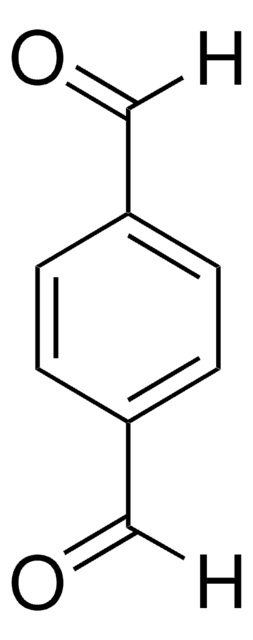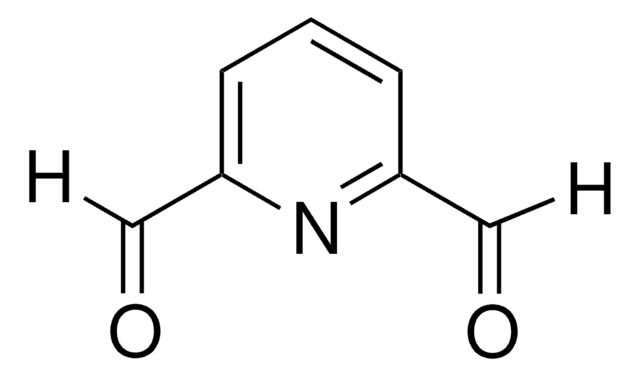49629
Glutaraldehyde solution
technical, ~50% in H2O (5.6 M)
Sinónimos:
Glutaric dialdehyde solution, Pentane-1,5-dial
About This Item
Productos recomendados
grade
technical
Quality Level
form
liquid
concentration
~50% in H2O (5.6 M)
color
colorless
refractive index
n20/D 1.421
mp
-21 °C ((-6 °F))
solubility
water: soluble
SMILES string
[H]C(CCCC([H])=O)=O
InChI
1S/C5H8O2/c6-4-2-1-3-5-7/h4-5H,1-3H2
InChI key
SXRSQZLOMIGNAQ-UHFFFAOYSA-N
¿Está buscando productos similares? Visita Guía de comparación de productos
Categorías relacionadas
Application
- Optical-transparent and flexible glucose sensor with ITO electrode.: This paper presents the design and testing of an innovative optical-transparent and flexible glucose sensor, which includes an Indium Tin Oxide (ITO) electrode, for enhanced performance and usability in medical diagnostics (Mitsubayashi K et al., 2003).
Caution
Other Notes
signalword
Danger
Hazard Classifications
Acute Tox. 3 Inhalation - Acute Tox. 4 Oral - Aquatic Acute 1 - Aquatic Chronic 2 - Eye Dam. 1 - Resp. Sens. 1 - Skin Corr. 1B - Skin Sens. 1 - STOT SE 3
target_organs
Respiratory system
supp_hazards
Storage Class
6.1A - Combustible acute toxic Cat. 1 and 2 / very toxic hazardous materials
wgk_germany
WGK 3
flash_point_f
Not applicable
flash_point_c
Not applicable
Elija entre una de las versiones más recientes:
¿Ya tiene este producto?
Encuentre la documentación para los productos que ha comprado recientemente en la Biblioteca de documentos.
Los clientes también vieron
Nuestro equipo de científicos tiene experiencia en todas las áreas de investigación: Ciencias de la vida, Ciencia de los materiales, Síntesis química, Cromatografía, Analítica y muchas otras.
Póngase en contacto con el Servicio técnico






